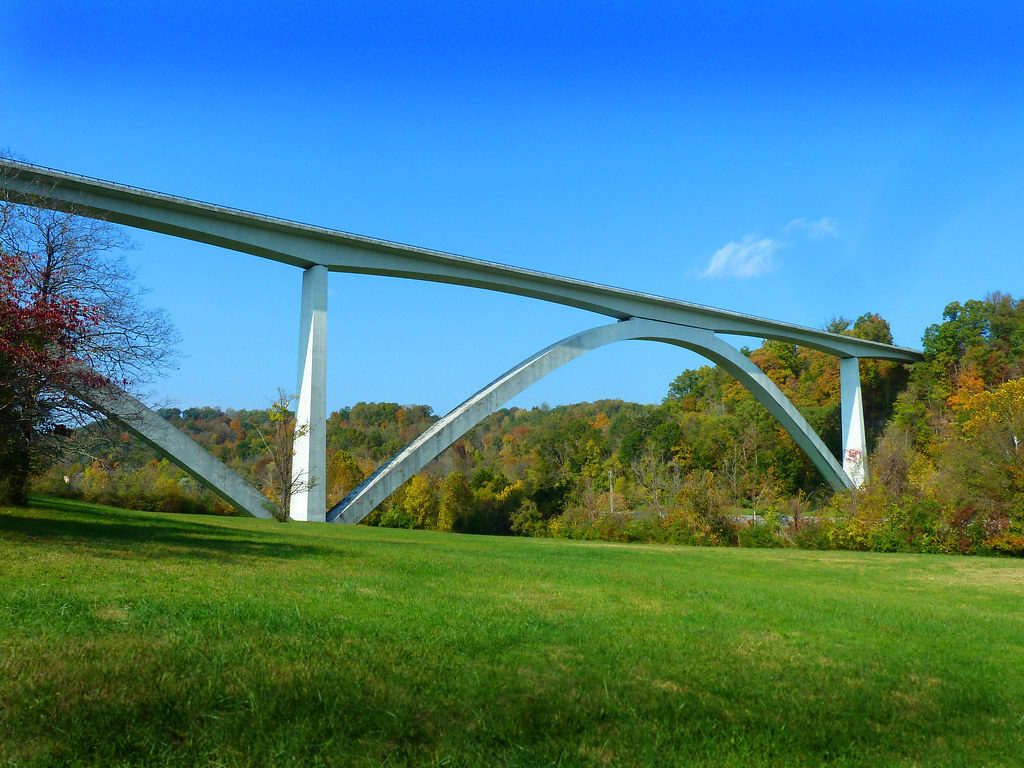
Each end of the iconic Natchez Trace Parkway Bridge in Williamson County now has a solar-powered emergency phone.
The boxes, installed by the National Park Service and unveiled Wednesday, are one of several planned safety features meant to stop frequent suicide attempts.
The phones have two buttons: One dials 911, and the other rings the Tennessee suicide prevention hotline.
Trish Merelo has led the efforts to add safety measures on the bridge that soars 155 feet over the road below. She says phones are a good start.
“Cell phone coverage can be a little spotty out there, and some folks that intend on taking their lives, they purposely leave their phones at home,” Merelo says. “My son actually did that. He left his phone on the kitchen counter.”

Merelo’s son was a senior at Brentwood High School when he died in 2016. He’s one of 32 people who’ve jumped to their death in the last two decades.
The end goal for suicide prevention advocates is to install netting or a taller railing, given the existing barriers are less than three feet tall. Even if fencing could be scaled, it would give people in crisis another opportunity to turn back.
“The boxes are not the solution. They’re the very first step,” says former Sen. Bill Frist. He and his wife, Tracy, have
helped local advocates get the attention of Tennessee’s congressional delegation. “The ultimate cure to the multiple deaths can only be addressed if we address the physical barrier.”
The National Park Service has
committed $1.2 million to preliminary design work on the barriers. But there are extensive engineering and bereaucratic hurdles.
For one, the bridge spans more than a quarter mile, so weight is a concern for any taller barrier. And because the bridge, completed in 1995, belongs to the National Park Service, any plans have to address historical and environmental concerns.
Construction on a barrier isn’t expected to start until 2023.


